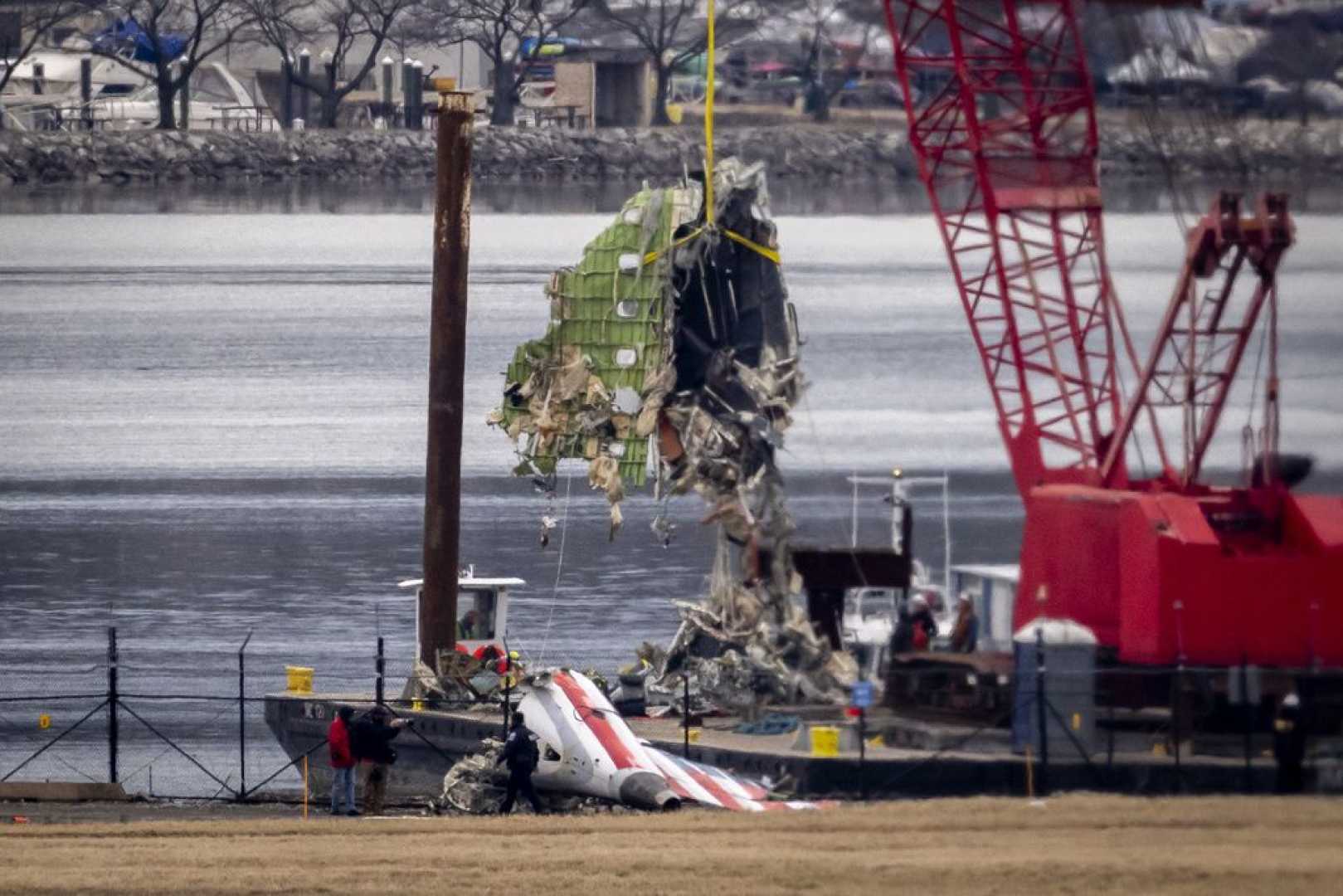News
Investigative Hearings on Deadly DC Midair Collision Begin

Washington, D.C. — Investigations into a lethal midair collision over Washington, D.C. are underway, with hearings beginning this Wednesday. The crash, which occurred in January, resulted in the deaths of 67 people when an American Airlines plane collided with a U.S. Army Black Hawk helicopter over Ronald Reagan National Airport.
During the first day of National Transportation Safety Board (NTSB) hearings, it was revealed that the helicopter was operating at an altitude higher than permitted, with inaccurate altitude readings contributing to the disaster. The findings have raised questions about the safety protocols surrounding military flights in commercial airspace.
The hearings were opened with an animation and playback of audio from the collision night, as well as testimonies from witnesses. Investigators are attempting to determine whether the Federal Aviation Administration (FAA) and the Army played roles in the tragedy.
NTSB officials mentioned the helicopter was flying 80 to 100 feet higher than indicated by the pilot’s altimeter, a device that uses atmospheric pressure to compute altitude. An investigation of similar helicopters showed they too had discrepancies with their altitude readings. Dan Cooper from Sikorsky helicopters noted that the Black Hawk’s design dates back to the 1970s, lacking modern technology that provides more accurate readings.
Chief Warrant Officer Kylene Lewis explained that discrepancies between altimeter readings would not typically raise alarms, stating that below 500 feet, pilots cross-reference altitude instruments. She emphasized that a reading deviation of 70 feet is within acceptable limits for helicopter flying.
The hearings have also pointed out that the FAA approved flight paths with minimal separation between aircraft, a concern for safety in already crowded airspace. Scott Rosengren, chief engineer of Army helicopters, voiced worries about these safety standards, indicating an urgent need for modernization in military aviation.
Participants included family members of the victims, who expressed their grief as they listened to the evidence presented. As details from the NTSB hearings surfaced, they raised vital questions about existing regulations for military flights near busy airports.
Further investigations indicate that the FAA missed warnings about previous close calls involving aircraft around Reagan National Airport, raising alarm among lawmakers. In response, U.S. Senator Ted Cruz has introduced new legislation to mandate the use of Automatic Dependent Surveillance-Broadcast (ADS-B) technology for all aircraft in U.S. airspace, stressing the urgency to improve aviation safety standards.
The NTSB’s final report is not expected until 2026, but these hearings are crucial in understanding the failures that led to the years’ deadliest aviation accident.












